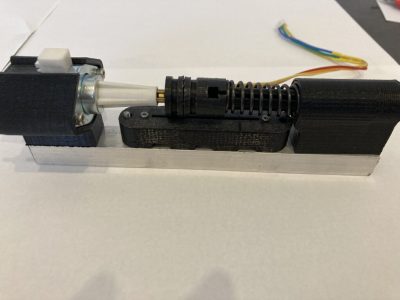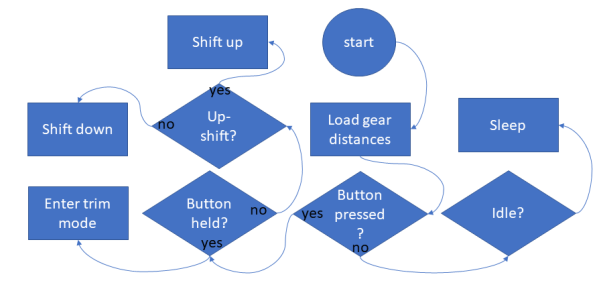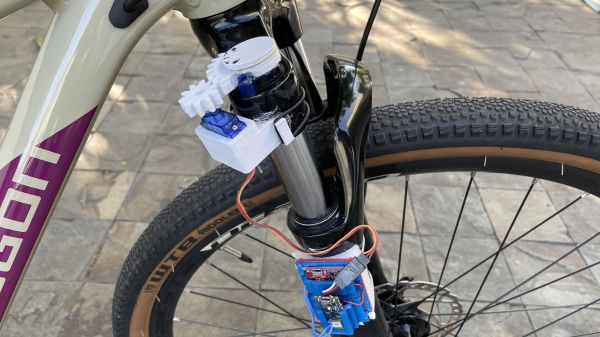For the overwhelming majority of bicycles out there that feature multiple gears, switching between these is done purely mechanically, with a cable. Generally this uses a derailleur, which forms part of the gear switching and chain tensioning mechanism. As a mechanical system, it’s reliable when well maintained, but tuning it can be a real hassle. This is where an electronic shifter should be able to provide faster, more reliable and quieter shifting, and is also where [Jesse DeWald]’s electronic shifting project begins.
 As [Jesse] points out in the introductory article on electronic shifting, it’s not a new concept, with everyone from Shimano (Di2) to Archer and others coming up with their own version. Some of these require replacing the existing derailleur, while others should allow for non-destructive modification. What [Jesse] did not find among this constellation of options was a version that’d work with existing derailleurs, did not require destructive modifications and have a long battery life.
As [Jesse] points out in the introductory article on electronic shifting, it’s not a new concept, with everyone from Shimano (Di2) to Archer and others coming up with their own version. Some of these require replacing the existing derailleur, while others should allow for non-destructive modification. What [Jesse] did not find among this constellation of options was a version that’d work with existing derailleurs, did not require destructive modifications and have a long battery life.
[Jesse]’s design omits the servo present in Archer’s design, and uses the existing derailleur spring, with the reasoning explained in a nice spring physics refresher. Instead a stepper is used along with a matched balancer spring that in testing managed over 3 months of standby time with a 3,700 mAh Li-ion battery and thousands of shifts. At the core of the system is an Arduino Pro Mini board, the code for which is available along with the design plans.
The project is not done at this point, of course, with a whole range of improvements still to be added, including a case, so that the shifter can be used outside in the rain.


















